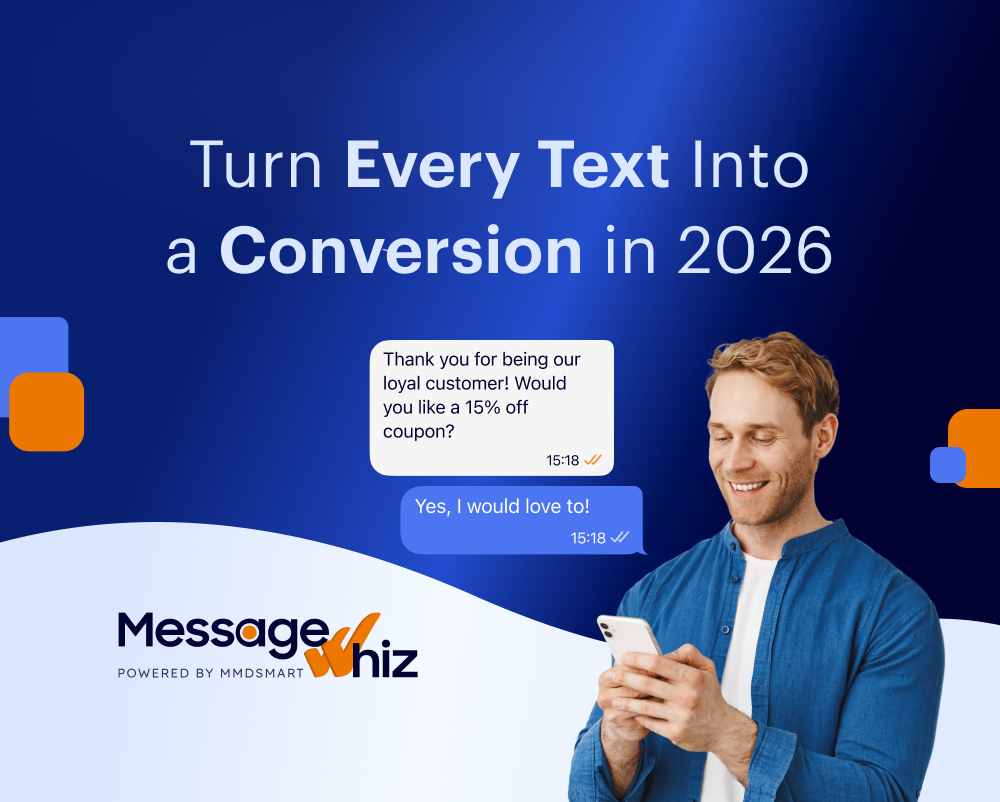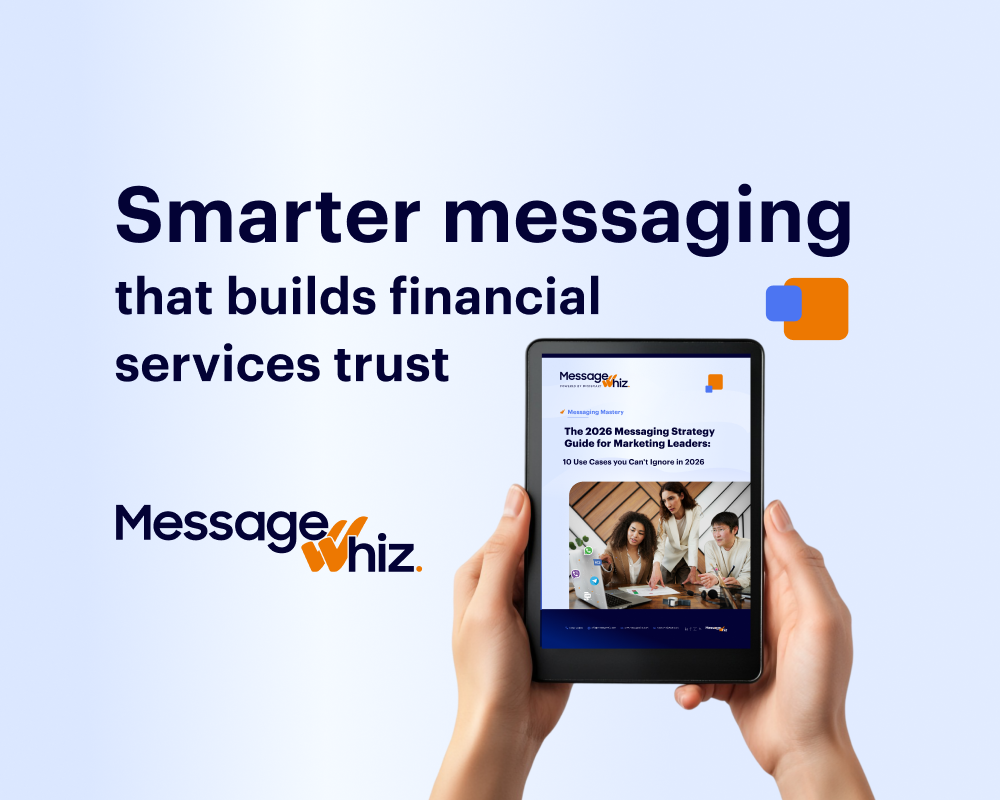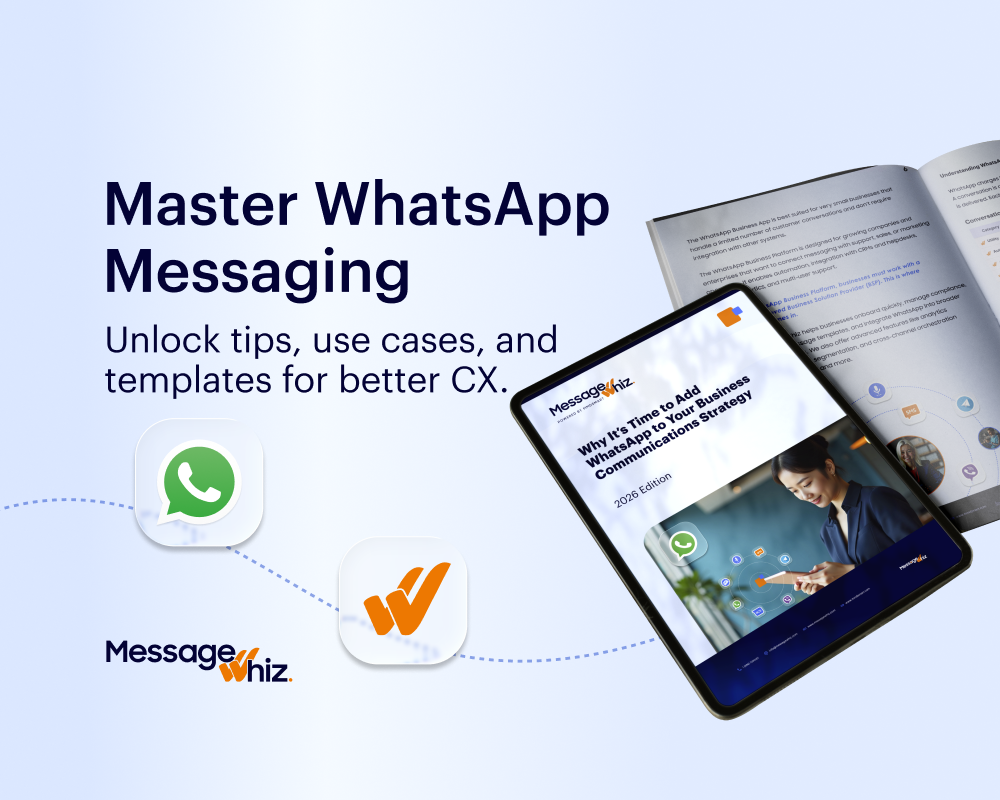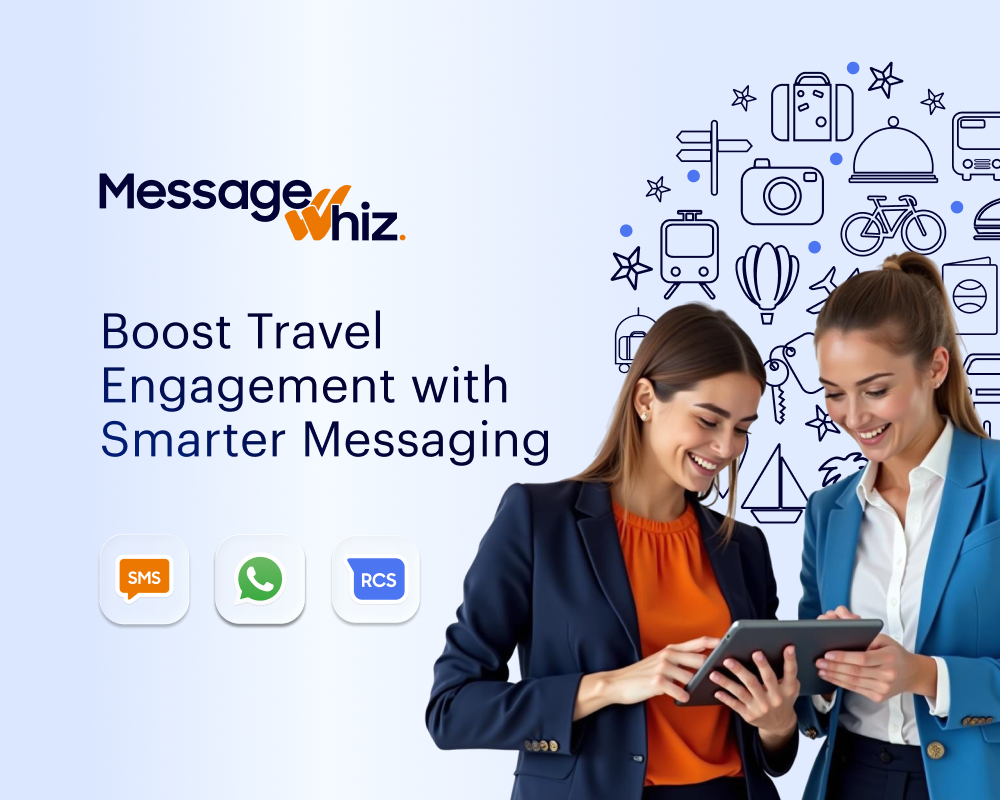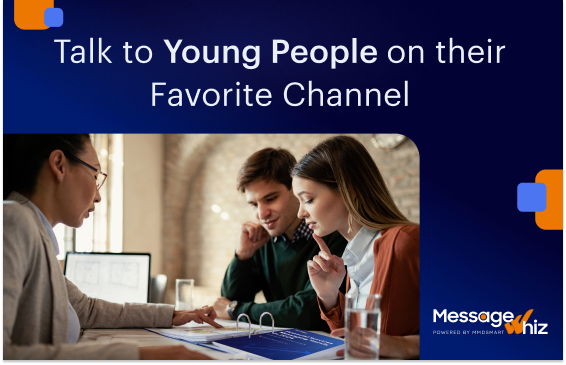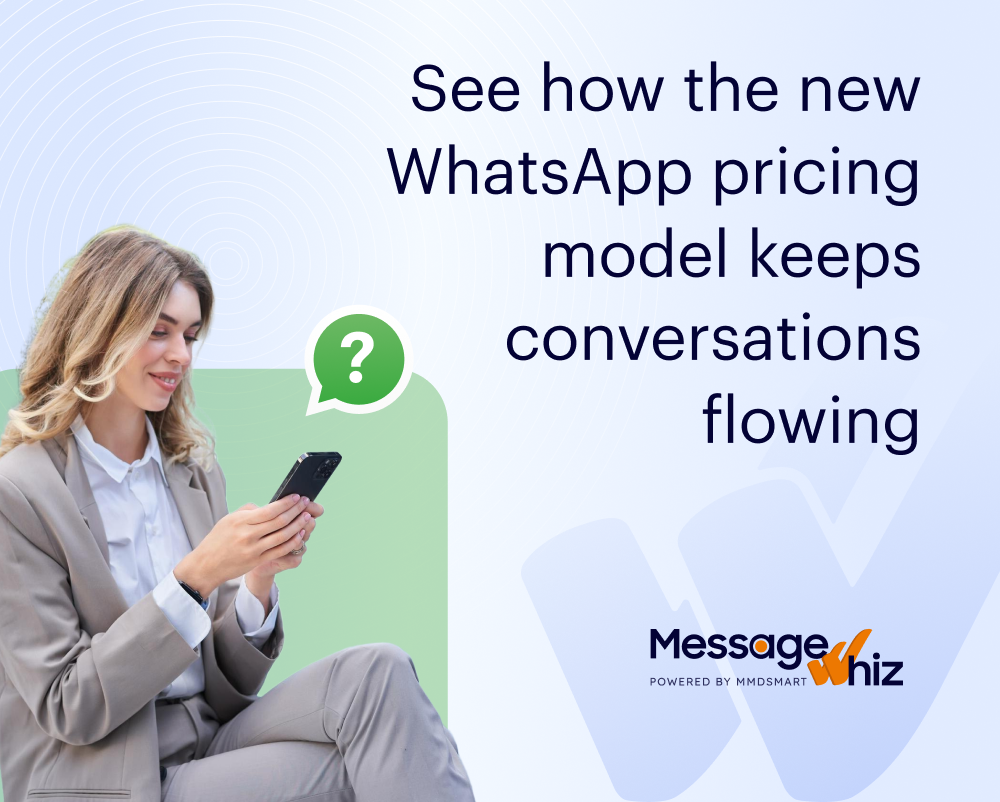Rich Communication Services (RCS): A New Era for Mobile-First Marketers
Rich Communication Services (RCS) has dangled in front of marketers, teasing them with the possibility of dynamic one-on-one conversations. Mobile-first marketers craved the interactive engagement features RCS promised, which were significantly more advanced than the text and hyperlink-only SMS capabilities.
In it is initial years RCS was slowly adopted and marketers gravitated toward other marketing channel including email, WhatsApp, and social media. However, research shows that RCS is gaining traction, offering marketers a new way to target messaging just as third-party cookies are being retired.
Benefits of RCS
Let’s start with a few numbers. Today there are 1.2B users with RCS on their phones, and global operator revenue for RCS stands at $230M. By 2026, research indicates users will grow to 3.8B, and revenues will explode, rising up to $4.6B.
Marketing campaigns using RCS are enjoying remarkable performance. Studies are showing a 22% clickthrough rate and a 37% higher conversion rate over SMS.
If those numbers don’t have you convinced, here are a few more reasons to start clicking send on RCS messaging.
Large Market
We mentioned earlier that there were 1.2B RCS users, and that number is expected to increase in the next four years to 3.8B users. However, it’s worth noting the geography. According to Mobile Ecosystem Forum (MEF), users are predominantly in APAC, North America, and Latin America.
Android’s domination in South America (91% of the market) and Africa (84%) means those emerging regions are ripe for RCS marketing. Any marketer who ignores RCS in these markets leaves the door open to their competitors.
Rich Media
RCS was developed to fill in the gaps left by SMS’s text-only capability. With RCS, marketers can introduce graphics into their messages, share photos, create carousels, upload videos, and place interactive buttons for users to make easy choices.
Two-way conversations, location sharing, and saving events to the calendar are just a few features that make it easier for consumers to engage with their favorite brands.
RCS Analytics
RCS provides easy-to-understand results so that you can measure open rates, click-through rates, conversions, and more. Brands can easily track their communications with individual customers.
User IDs
RCS is delivered over the Mobile Subscriber Integrated Services Digital Number (MSISDN), allowing MNOs to verify subscribers’ identities and gather consumer data without resorting to cookies which have been banned in many parts of the world. This will enable brands to create sophisticated, personalized campaigns.
Future Trends for RCS
AI will enable businesses to create highly personalized messaging experiences by analyzing customer data and predicting preferences. Enhanced security measures such as end-to-end encryption and real-time threat detection will protect user data, making RCS a trusted communication platform for sensitive industries like finance, e-commerce, and healthcare.
Get Started Today
RCS campaigns are easy to launch and integrate into any multichannel marketing program. MessageWhiz’s business messaging platform integrates with your CRM, enabling you to develop one-to-one automated RCS messages that drive sales and build customer loyalty.
To get started, contact our team today!
FAQs about RCS
How do businesses measure the success of RCS campaigns?
Businesses can measure the success of RCS campaigns using detailed analytics provided by RCS, such as open rates, click-through rates, read receipts, and conversion rates.
Does RCS require an internet connection to work?
Yes, RCS requires a data connection (either Wi-Fi or mobile data) to send and receive messages, as it uses internet protocols to transmit data.
How does RCS impact message delivery speed?
RCS typically delivers messages faster than SMS, especially for rich media content, because it uses internet protocols rather than traditional cellular networks.
Can RCS messages be automated?
Yes, RCS messages can be automated using marketing automation platforms and CRM systems, allowing businesses to send personalized, timely messages at scale.
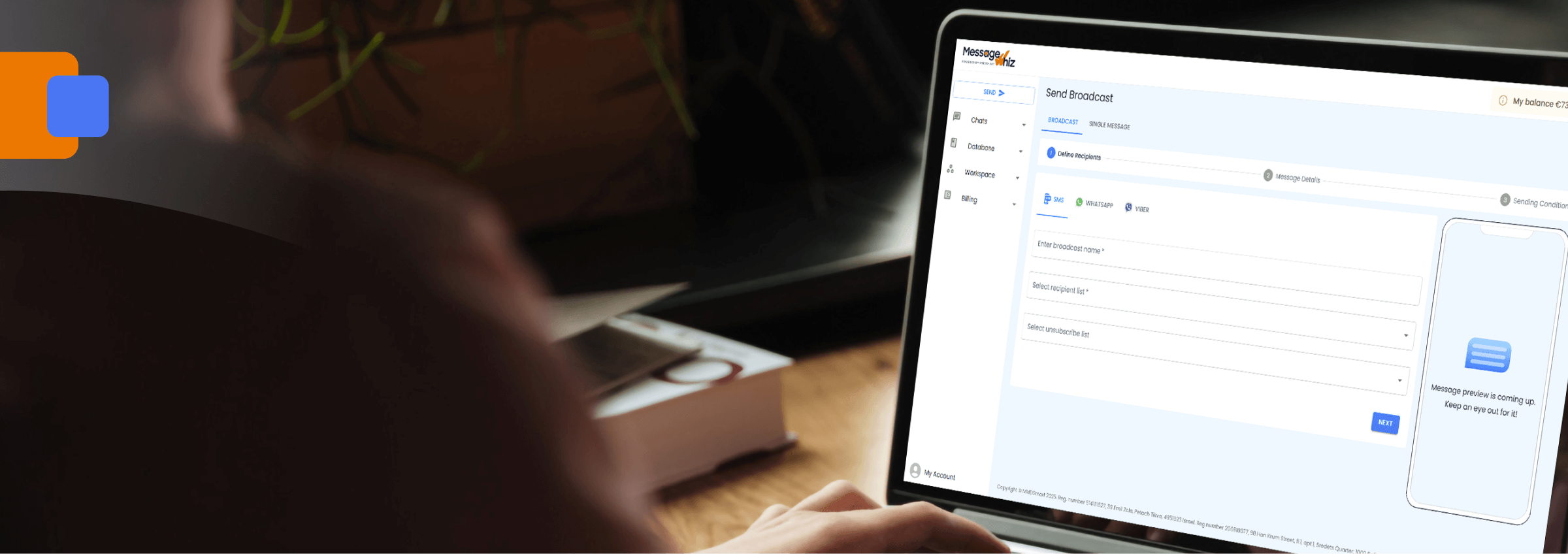

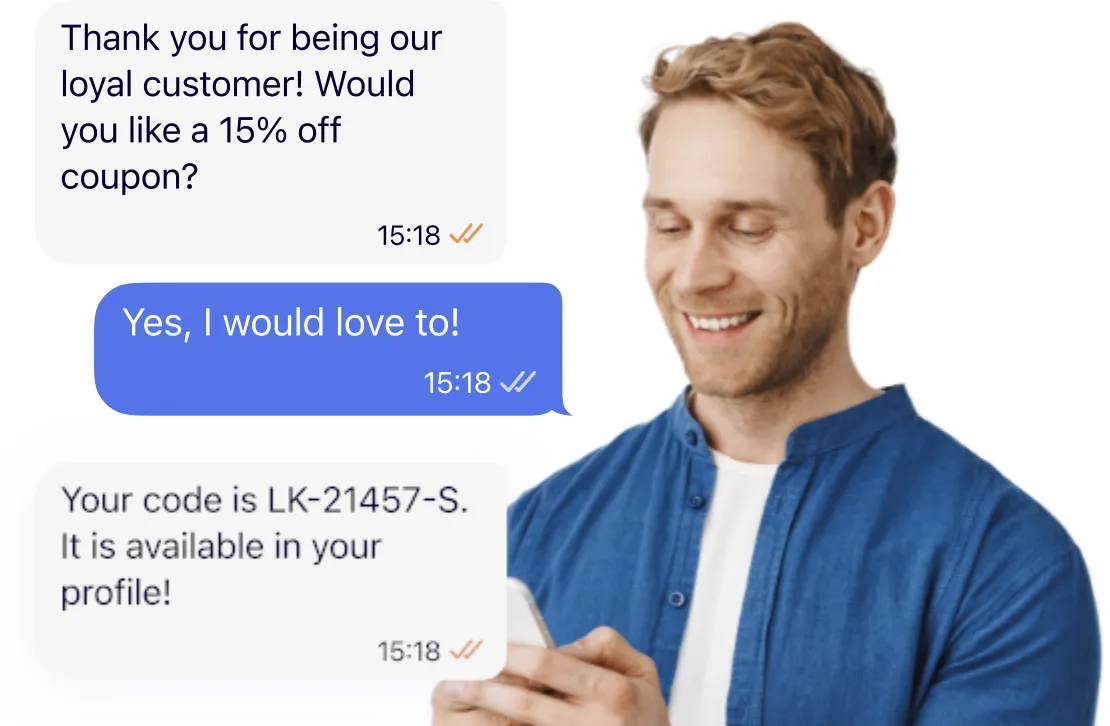
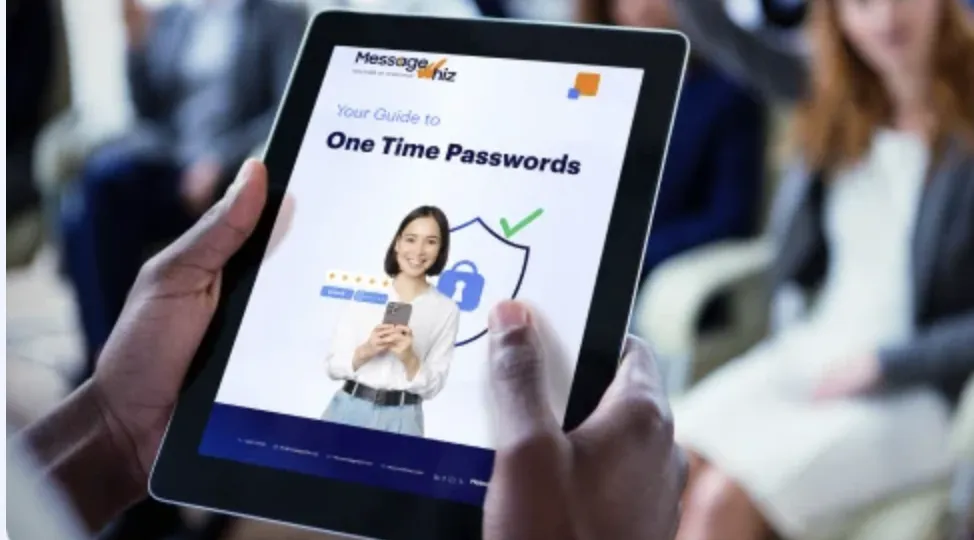
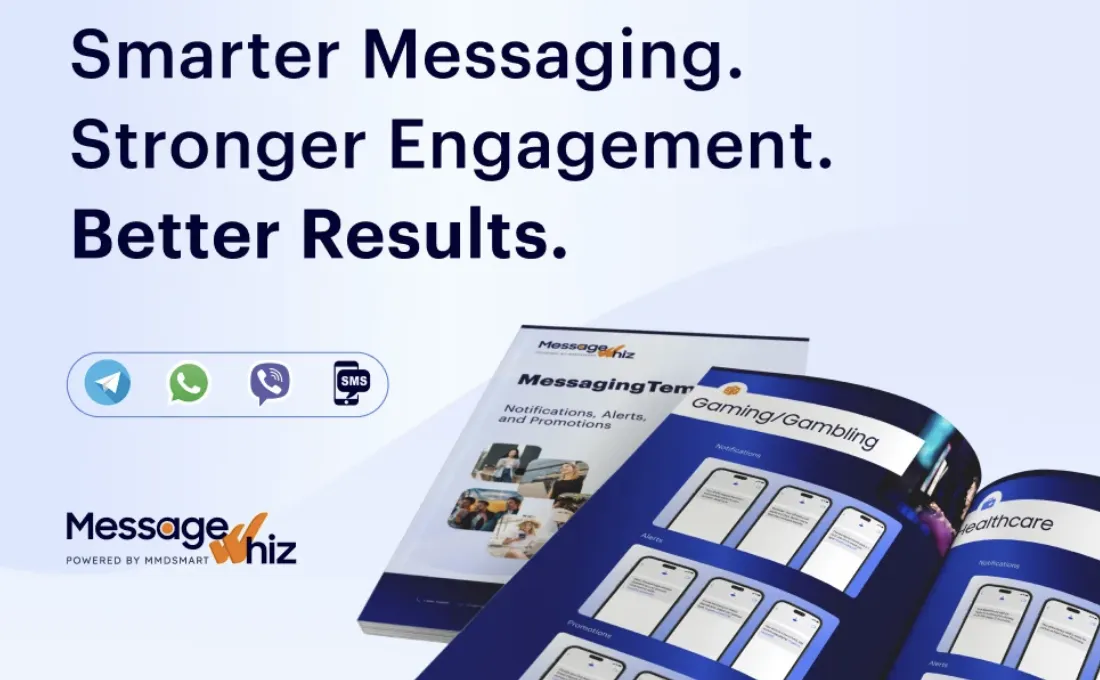

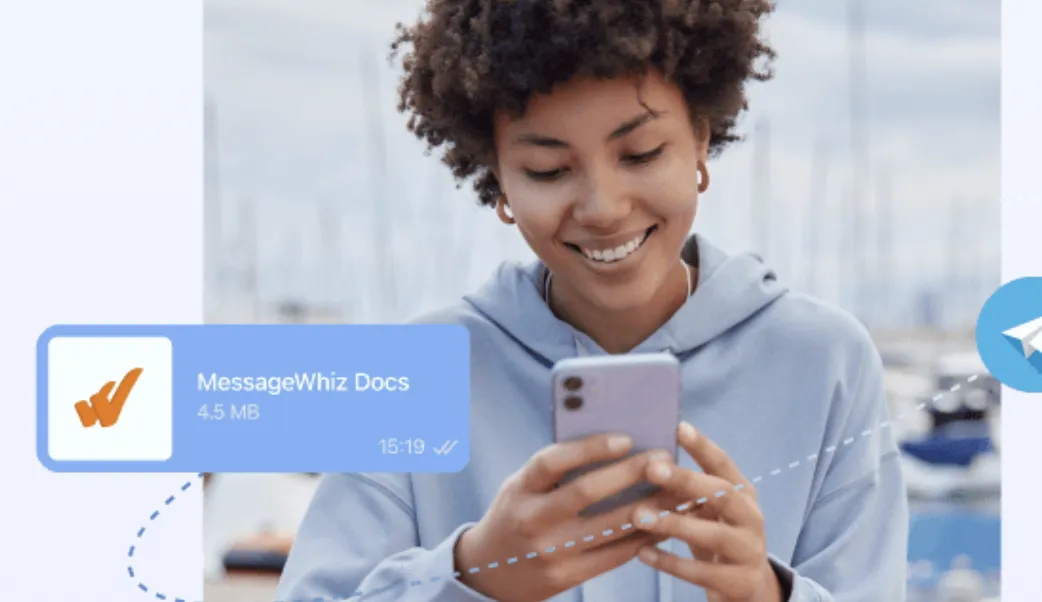
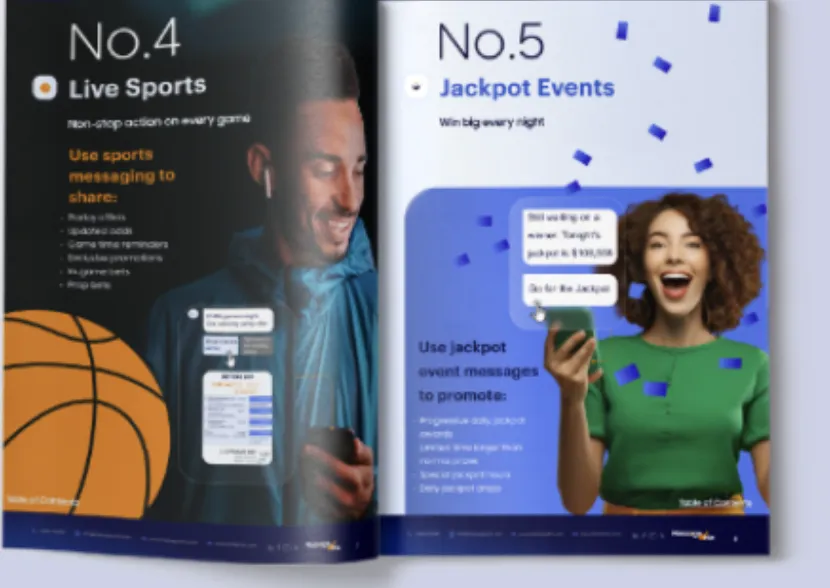

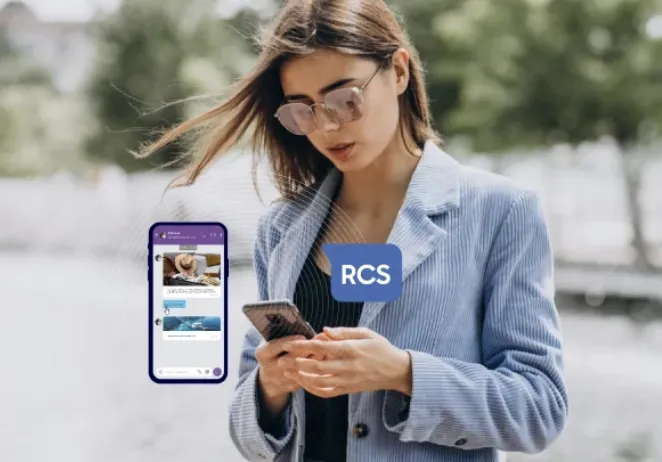
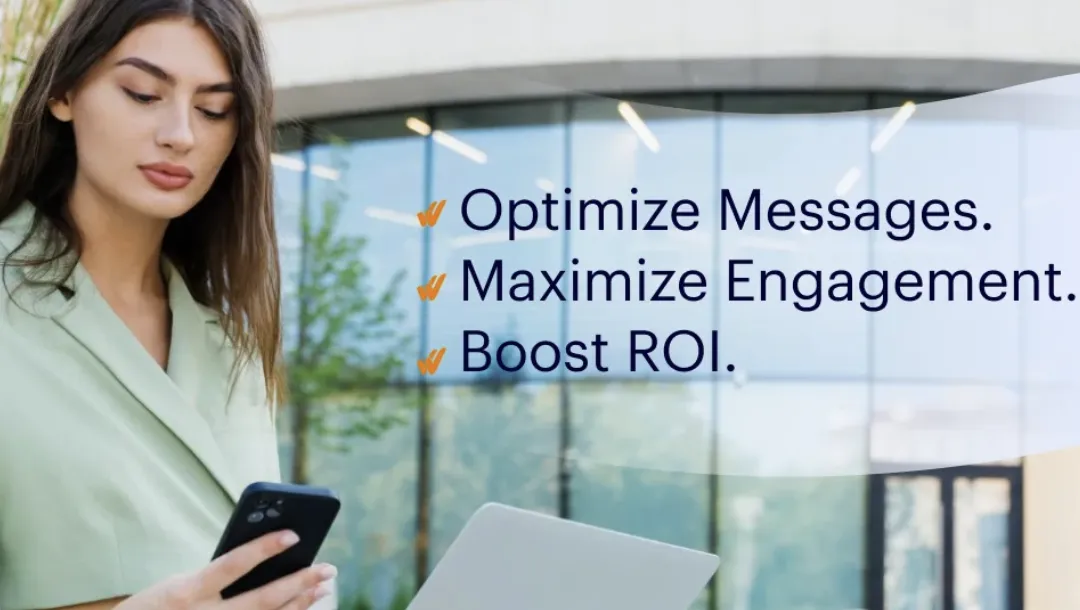






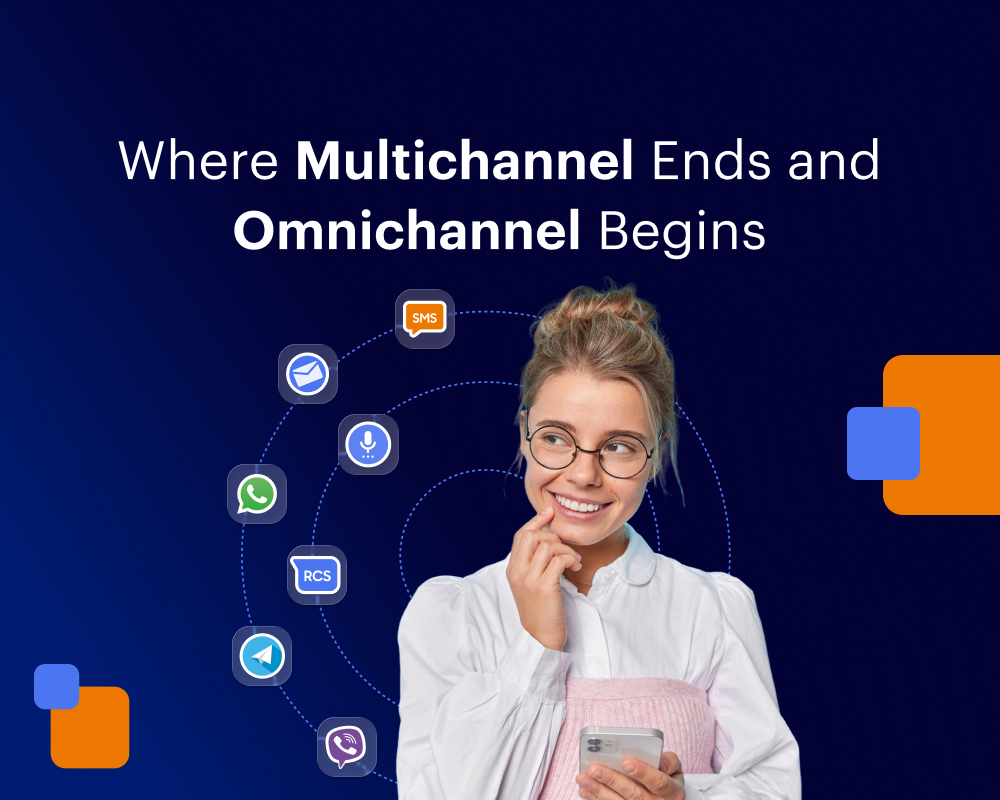
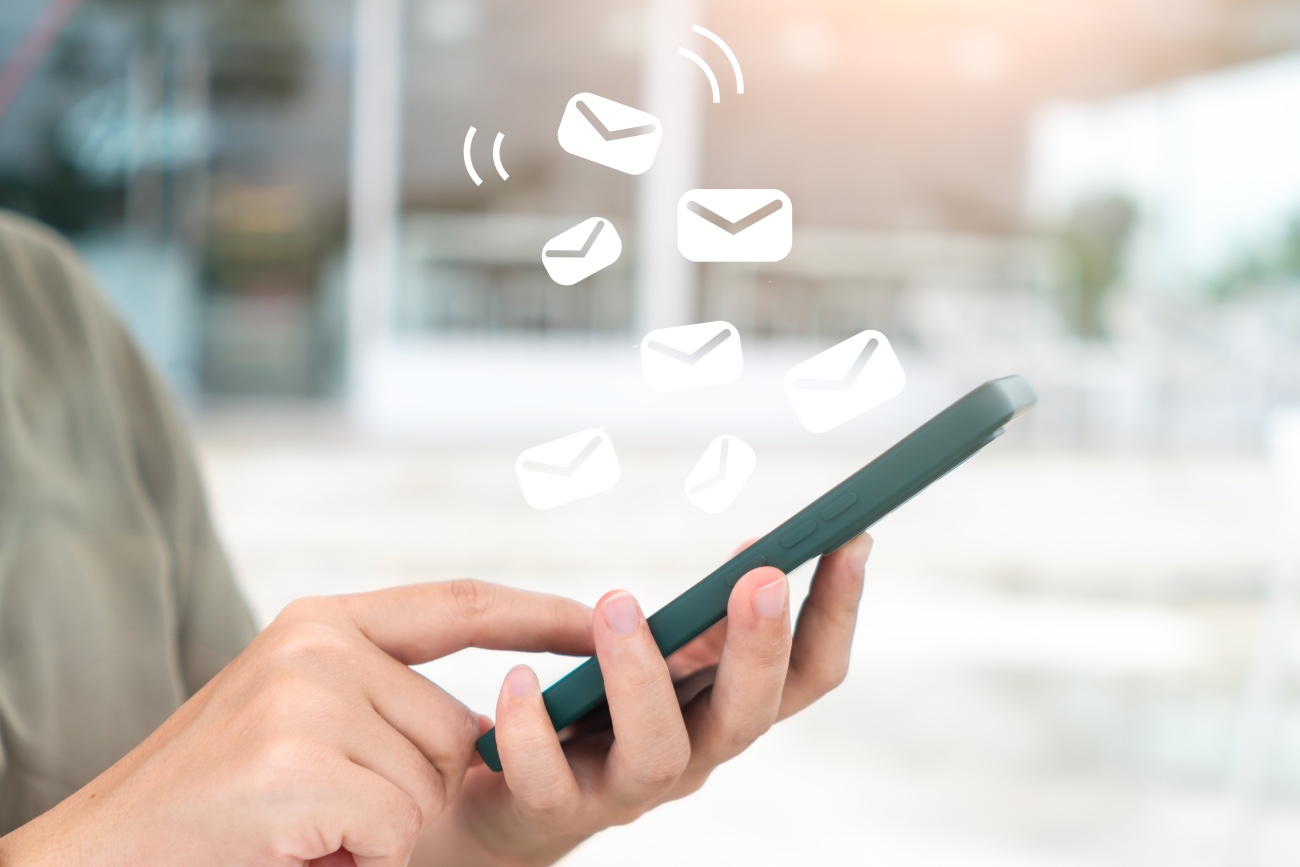
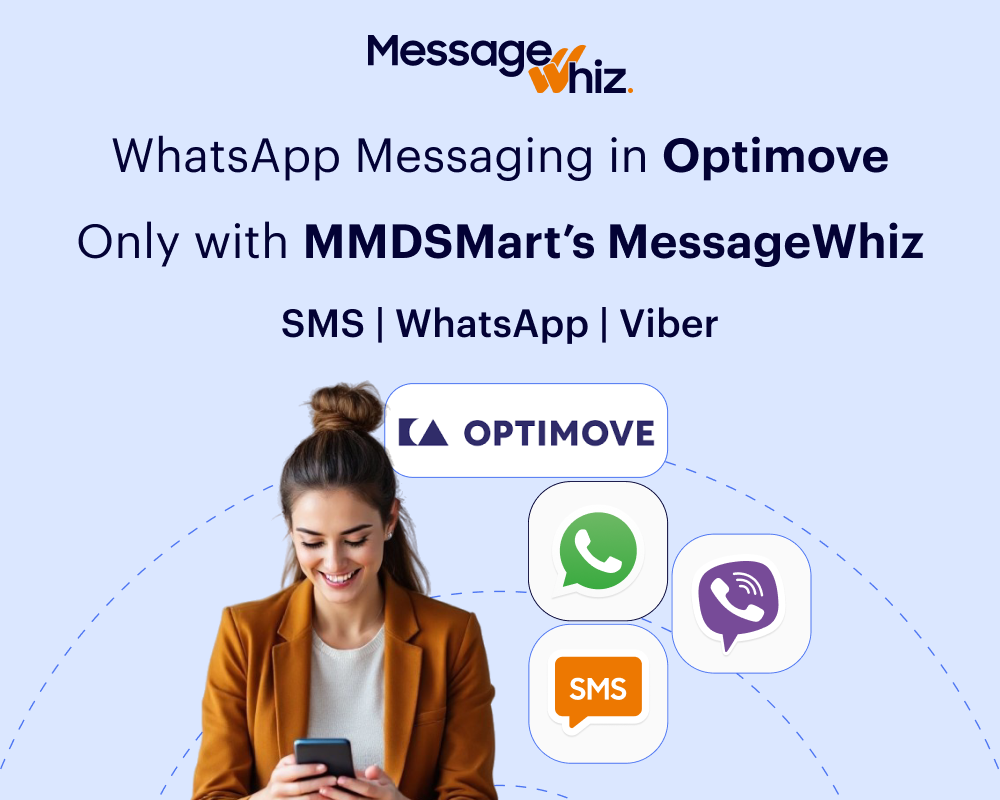

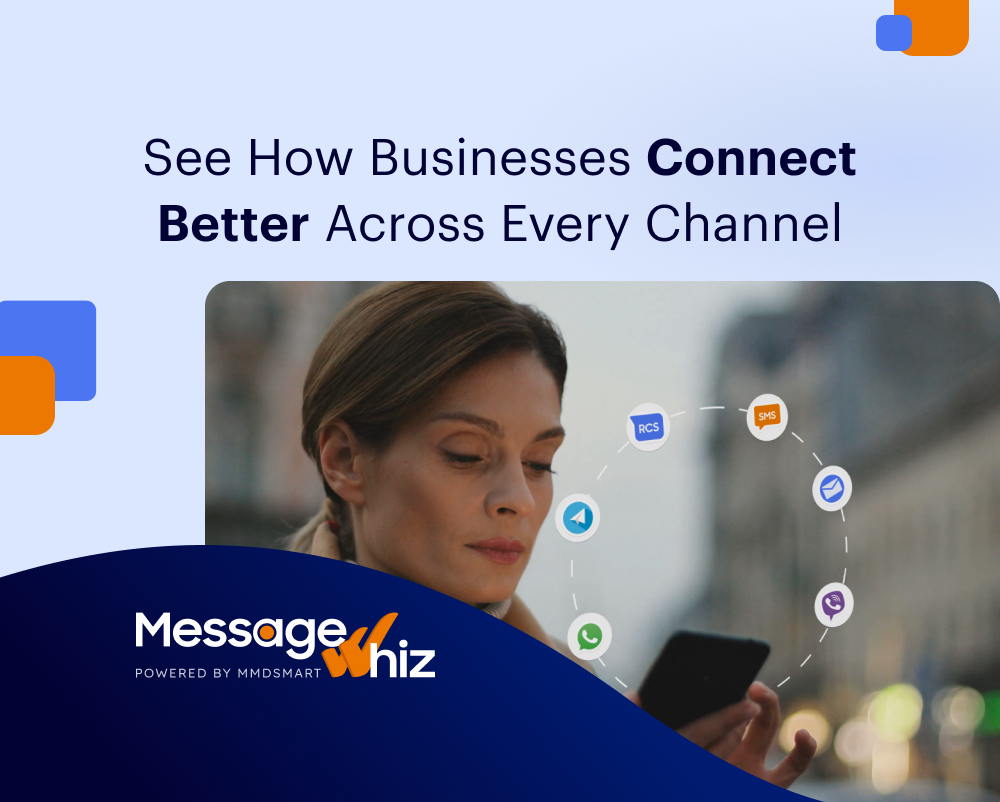
![10 SMS Marketing Services Compared [2026 Guide] | Message Whiz blog image](https://messagewhiz.com/wp-content/uploads/2025/11/smiling-woman-holding-smartphone-remixed-media-2.jpg)
